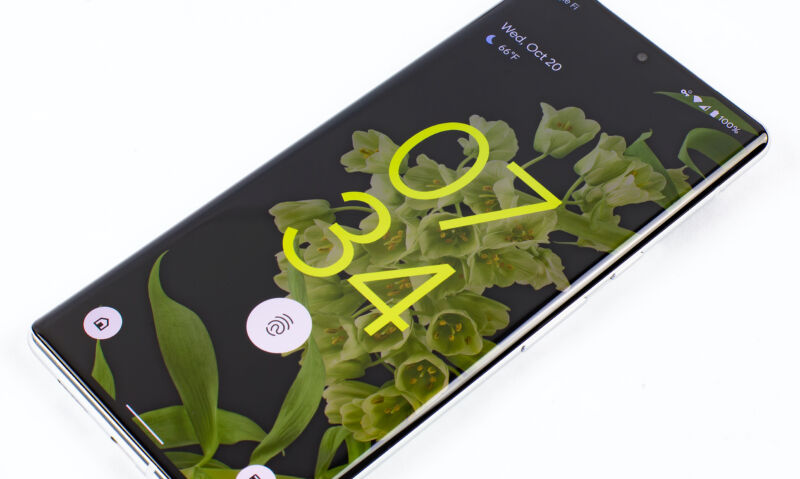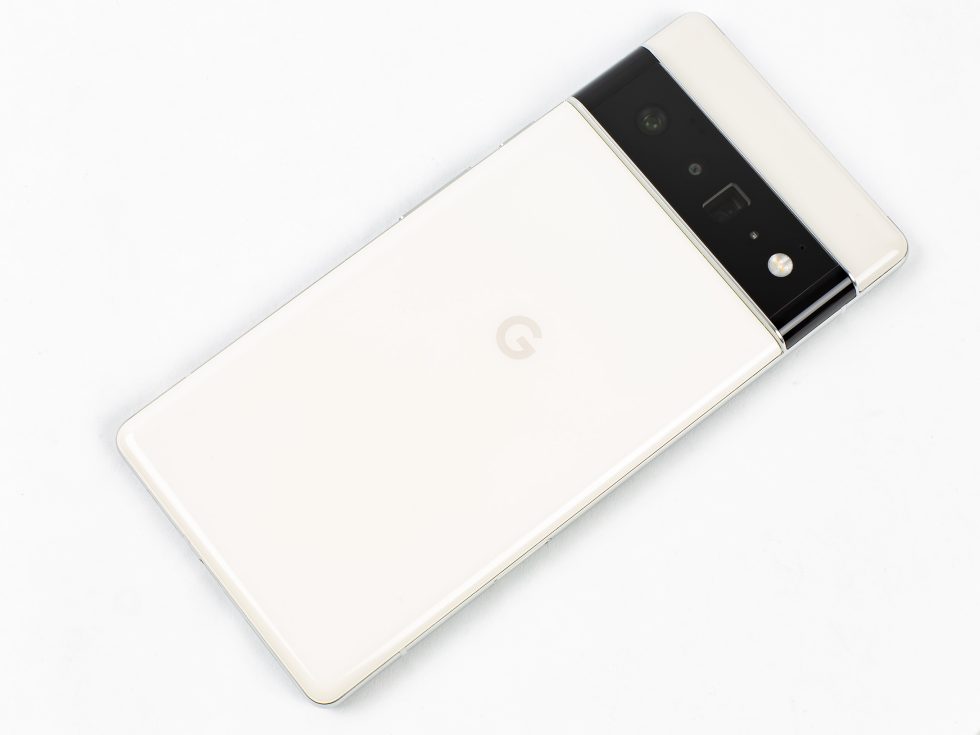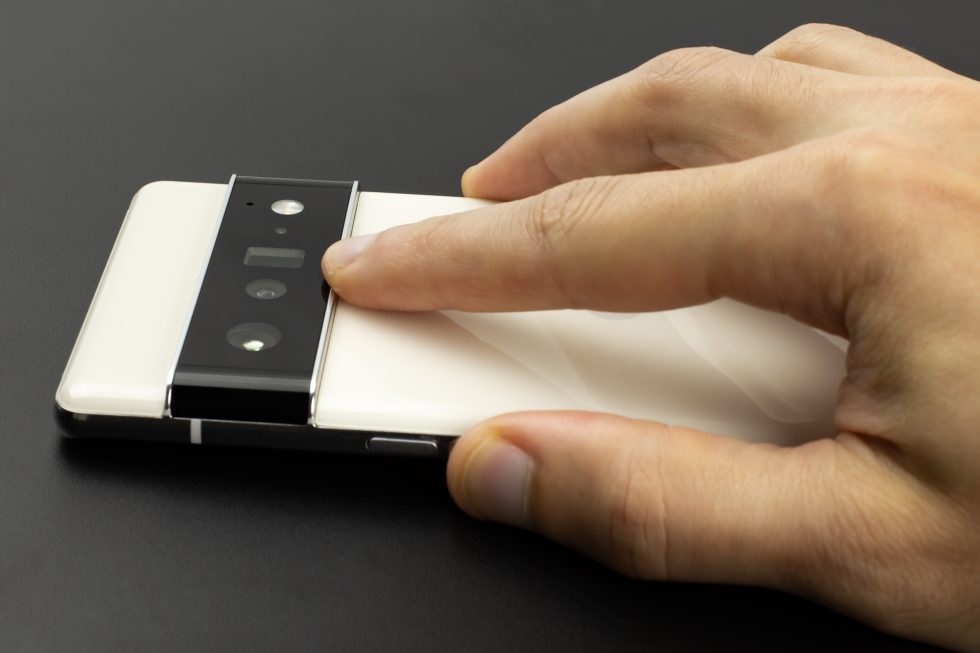If we could get all of this, but in a foldable, that would be great —
Google finally built a great flagship smartphone.
Ron Amadeo
–

Ron Amadeo
Google did it. The company finally made a phone that feels like a full-effort flagship device. It took six long, frustrating years, but with the Pixel 6 it finally feels as though Google isn’t holding back out of concern for its Android licensees or some other commitment issue. The Pixel 6 has a custom Google SoC, tons of AI software features that really work, and a new and exciting version of Android. These combine into the best Android smartphone out there—the One True Flagship of the Android ecosystem. With a great price, the Pixel 6 is an easy “buy” recommendation.
That’s if you can buy one. The one negative thing you can say about the Pixel 6 is that Google, while it has improved its phone-building skills, hasn’t improved its phone-selling skills. The Pixel 6 is only sold in 12 countries instead of the 100+ that Apple and Samsung sell in, and Google is already experiencing stock issues. Despite Google’s brand recognition and several mega billion-dollar businesses, Google Hardware remains a tiny side project. So buy a Pixel 6 if you can—just don’t do it from an eBay scalper.
Low prices and big camera bars

Enlarge / The back of the Pixel 6 Pro, with that distinctive camera bar. Google says this is supposed to be a “two-tone” design, but it’s hard to spot on my model.
Ron Amadeo
Google Pixel 6 & Pixel 6 Pro
(Ars Technica may earn compensation for sales from links on this post through affiliate programs.)
We expected the Pixel 6 to sell at comparable prices with other vendors, but the biggest win for the line is that Google has priced these phones aggressively. The Pixel 6 Pro is $900, and with a 120 Hz 1440p display, 12 GB of RAM, 128 GB of storage, and a 5000 mAh battery, spec for spec it’s relatively comparable with the Galaxy S21 Ultra. The S21 Ultra has an MSRP of $1200, though, so Google is coming in $300 cheaper.
For $600, the Pixel 6 has a 90 Hz, 6.4-inch display with 8 GB of RAM and a 4600 mAh battery. It doesn’t have a perfect Samsung comparison, but I’d say it falls somewhere between the S21 and S21+, which means that it’s also about $300 cheaper. Google has even undercut OnePlus, and both Pixel 6 models have a bigger battery than the $970 OnePlus 9 Pro.
The Pixel 6 design is definitely something. We’ve seen camera bumps get bigger and bigger over the years, but the Pixel 6 introduces the camera bar, a big, black stripe of a camera bump that stretches across the back of the phone. It really stands out, and the Pixel 6 instantly became one of the most recognizable Android phones the second the design leaked five months ago.
I am actually a fan of the camera bar. Between the bottom edge of the phone and the edge of the camera bar, the phone has two full edges of contact with whatever surface it rests on, so it’s rock solid if you’re poking at a Pixel 6 on a table.

Enlarge / When holding the Pixel 6, it’s nice to push your finger against the camera bar for an extra point of contact.
Ron Amadeo
The bar is quite tall for a camera bump. I measured it at 2.5 mm tall on the Pixel 6 Pro and 3 mm tall on the smaller Pixel 6. I don’t really have a problem with this, either. Thicker phones can be good; they usually lead to longer battery life. Both new phones are about 12 mm thick if you include the camera bump, and this has always been a fine, pocketable size.
Having the camera bar stretch across the back of the phone makes it easy for your finger to reach while holding the phone normally. Sometimes I end up adopting a grip where my index finger pushes against the bottom edge of the camera bar. This extra point of contact supports the phone vertically, giving me one more contact point in the war against gravity. Having the rear contact points of the phone be something other than a slick pane of glass is, in my opinion, good. You can see the accessory market try to do something similar with all sorts of stick-on phone grips that add geometry to the back of the phone, but on the Pixel 6, that’s kind of built-in. I feel like I’m less likely to drop a Pixel 6 thanks to the camera bar.
I spent most of my time with the white Pixel 6 Pro that I was sent, and it looks great. I can’t really say my phone’s color scheme looks accurate to Google renders, though, which show a two-tone design with a gray back panel above the camera bar and a white back panel below it. If you take a photo editor’s eyedropper tool to one of these images, you might measure a slight difference, but it’s so subtle I doubt it’s something you’d notice in real life. It’s hard to imagine that a color variation this minor was planned by a designer; it feels more like a quirk of manufacturing (color matching is very hard) that Google decided to run with.
